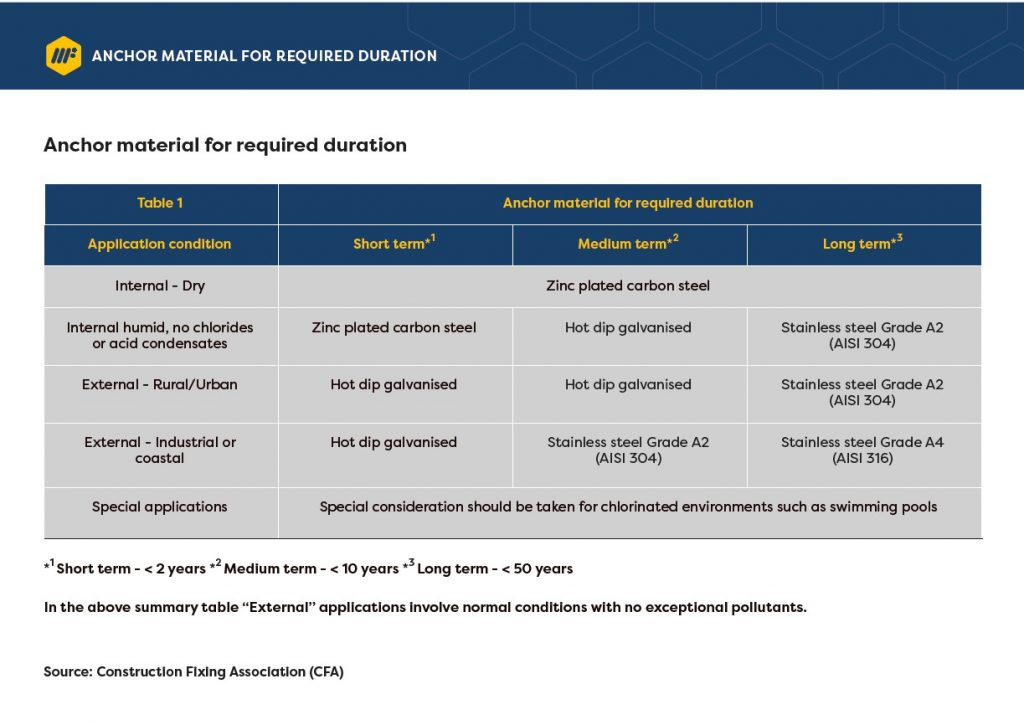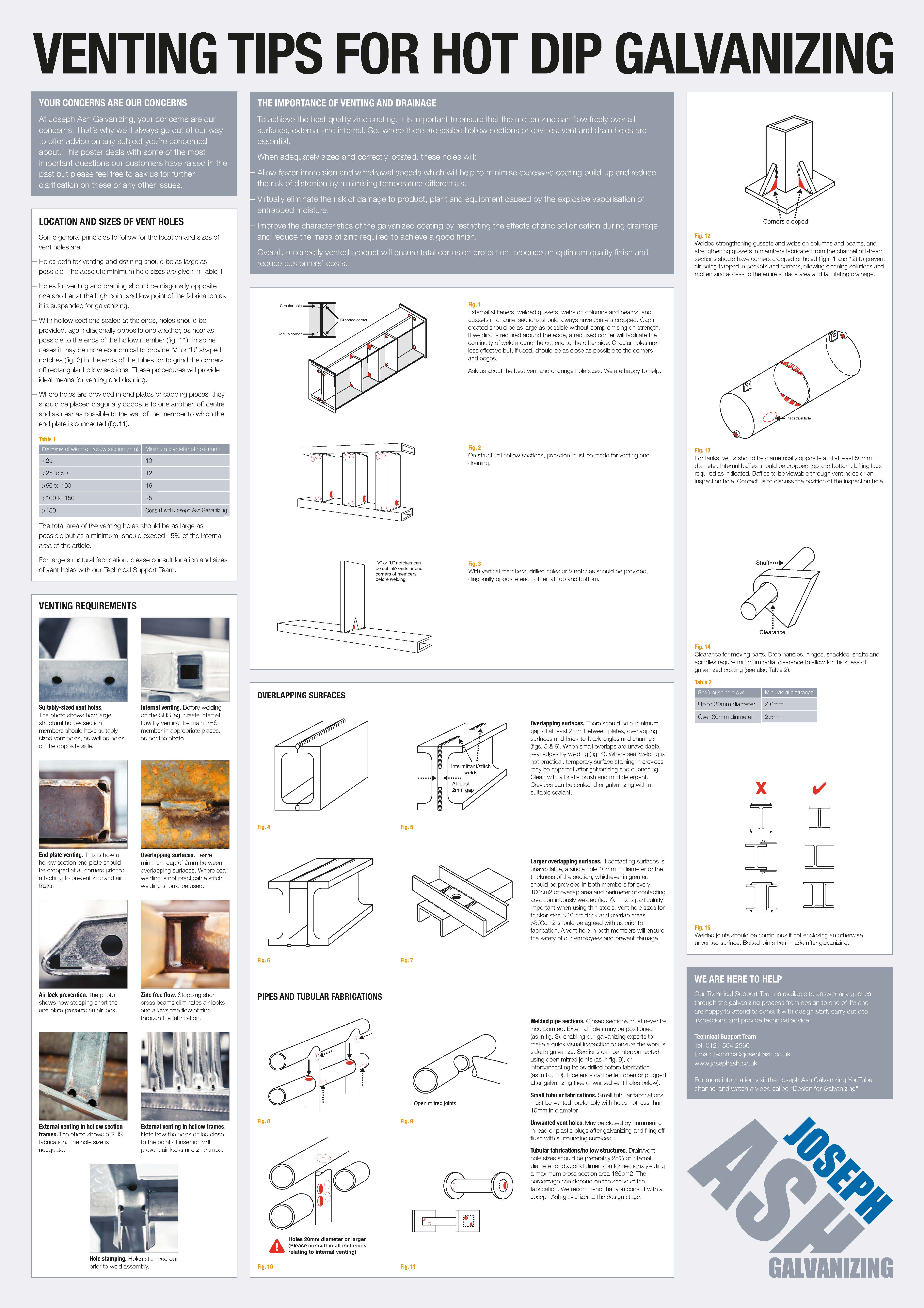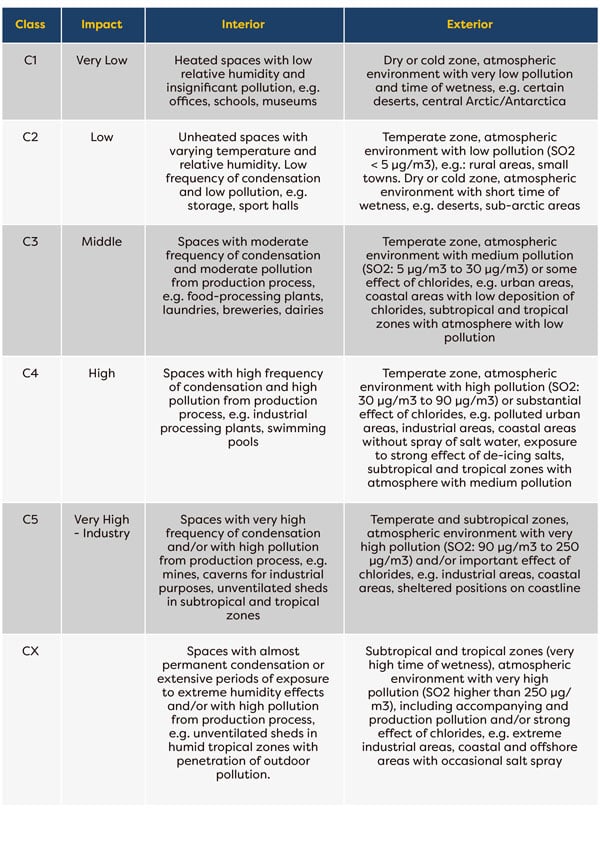Why is Galvanizing important for M&E supports?
For products and solutions supporting mechanical and electrical services, the finish of the supports matter. Galvanizing plays a primary role in the protection of steel supports. In our latest podcast, we sit down with Lucy Foster-Bowen from Joseph Ash to discuss galvanizing and its importance to the M&E and construction industry.
In this podcast we cover the following questions:
- What is galvanizing?
- What is the history of galvanizing?
- How do you galvanize steel, what is the process?
- What is the life expectancy of a product after galvanizing?
- What is ventilation and draining?
- What does the term ‘pre-galvanized finish’ mean?
- What does the term 'double-dipped' mean?
- What are the environmental impacts of galvanizing?
- Will the demand continue to grow for galvanizing?
- How does galvanizing impact M&E supports?
What is galvanizing?
According to the galvanizing association, galvanizing is the process of applying a protective zinc coating to iron steel, to prevent rusting.
What is the history of galvanizing?
As Lucy explains, galvanizing has been around since the 1700s, when it was first discovered that a zinc coating could be obtained on iron, by immersing it in molten zinc. It wasn’t until the beginning of the 19th century that a man named Sorel from France took out the first of many patents for the process of coating steel by dipping it in molten zinc after first cleaning it” (Galvanizers Association, 2020). In the UK, the first use of galvanizing corrugated iron was believed to have been in 1844, in Pembroke Docks. By 1850 the British Galvanizing industry was using 10,000 tonnes of zinc a year. Galvanizing is used today for practically anything that is situated outside, from lampposts to fences, security products to drain covers.
How do you galvanize steel, what is the process?
Hot dip galvanizing has been used worldwide for well over a century because it provides a long-life, low-maintenance corrosion protection which safeguards the steel from atmospheric attack. Applying a hot dip galvanizing process to steelwork provides fabrications with a robust, durable, and corrosion protective finish that under normal conditions will last for many years without maintenance of any sort.
It is simply the process of applying a protective zinc coating through alloy layers to steel, to prevent rusting. The most common technique is hot-dip galvanizing, in which a section of steel is submerged in a bath of molten zinc. The process has remained similar for many years, other than the different bath setup and bath chemistry.
All galvanizing at Joseph Ash plants adheres to BS EN ISO 1461:2009 and BS EN ISO 9000 quality assurance specifications. We are first looking to ensure that the piece of material is as clean as possible before we introduce it to zinc.
What is the life expectancy of a product after galvanizing?
As a supplier to the M&E Industry, we are often asked for advice on which finish is suitable for a particular application, dependent on the environment. There are standards to adhere to, such as ISO 1461. For the galvanizer, the standard states how much zinc we need to put on the product, based on the thickness of the product to enable it to last ‘X’ number of years. The corrosion category of an anchor's finish is also a critical factor for anchor selection. The simple answer is that although there are guidelines as a galvanizer that we should follow, there is no guarantee that the product will last ‘X’ amount of years. The guide provided by the galvanizers association outlines the standards for each finish.
What is ventilation and draining?
Venting and draining are two integral parts of the galvanization process and are important topics of conversation. The reason why this topic is important is that when we are introducing a product into a hot and pressurized environment, there should be suitable hanging holes within the material, for a 2D product this is relatively straightforward but for a 3D product hanging holes need to be positioned with precision because there is a higher risk of an ‘air lock’. What we want is for the air to escape from the product and zinc to enter the product. When air is introduced into a zinc bath at temperatures of 450 degrees we may risk explosion through a weld or a plate, or the path of least resistance which can sadly lead to a loss of life. To reduce the risk of this occurring we encourage and educate our customers to understand where to add holes. The location of draining and venting holes also influences the product quality.
What does the term 'pre-galvanized' mean?
We often hear the term “Pre-galvanized” and although this is a type of finish, that looks aesthetically pleasing, it offers very little in terms of protection against corrosion. This is usually requested when there is a limited understanding of galvanizing.
What does the term 'Double-dipped' mean?
‘Double-dipped’ is a term used to describe the process of galvanizing an item which is longer, wider or deeper than the relevant available bath dimensions. The item is lowered into the bath so that half or more of its ‘over dimension’ is immersed in the molten zinc.
What are the environmental impacts of galvanizing?
The environmental impact of galvanizing is very important, traditionally the industry has been seen as old-fashioned & industrial, but in fact, when compared to other methods of finishing, galvanizing has the least environmental impact. As a manufacturer, we are audited regularly on the sustainability of our practices. The market is changing, many years ago, customers were winning quotes based on pricing or delivery, but now the environmental impact and social values are taken into consideration. For customers who wish to see the environmental impact of our galvanizing process, they can access the information if they request it.
Will the demand continue to grow for galvanizing?
One area we are expected to see growth is social housing. As the demand for social housing increases so does the requirement for galvanized steel as ultimately it leads to a lower maintenance budget over the lifetime of the house because the steel won’t need to be maintained for a good number of years, it can be left alone. As discussed earlier, with contractors requiring all projects to meet certain sustainability targets, it’s likely that they may turn to a hot-dip galvanized finish over other finishes, not only for application purposes but also to remain environmentally friendly.
How does galvanizing impact M&E supports?
Quite simply, galvanizing impacts every M&E project. In particular, the finish of fixings and anchors, as well as supports for pipework and electrical services, rely heavily upon the galvanizing. A case in point is BS 8539 – British Standard for post-installed anchors for concrete and masonry as part of the selection criteria all anchors should be selected based on their environment, therefore an anchor and fixing should have an appropriate finish for their environment.

Most internal applications will be zinc plated. For certain applications, for example in a multi-story car park once we remove the walls the environment is altered.
Certain applications such as swimming pools need very careful consideration as the chlorinated environment can induce stress corrosion cracking in some grades of stainless steel.
The table above illustrates the different corrosion categories and their impact on different environments as outlined in the ISO 9223 classifications.
*Please be aware in each of these cases we are presuming the application condition is normal before installation.
Conclusion
Galvanizing can be found all around us, in everyday life. Overall, for stakeholders within the M&E industry galvanizing should be discussed before any solution is supplied to site. If the finish of a solution isn’t considered, then it can lead to failure on-site.
REFERENCES
Galvanizers Association: ‘History of galvanizing’ (2020) [available from: https://www.galvanizing.org.uk/hot-dip-galvanizing/history-of-galvanizing/]



